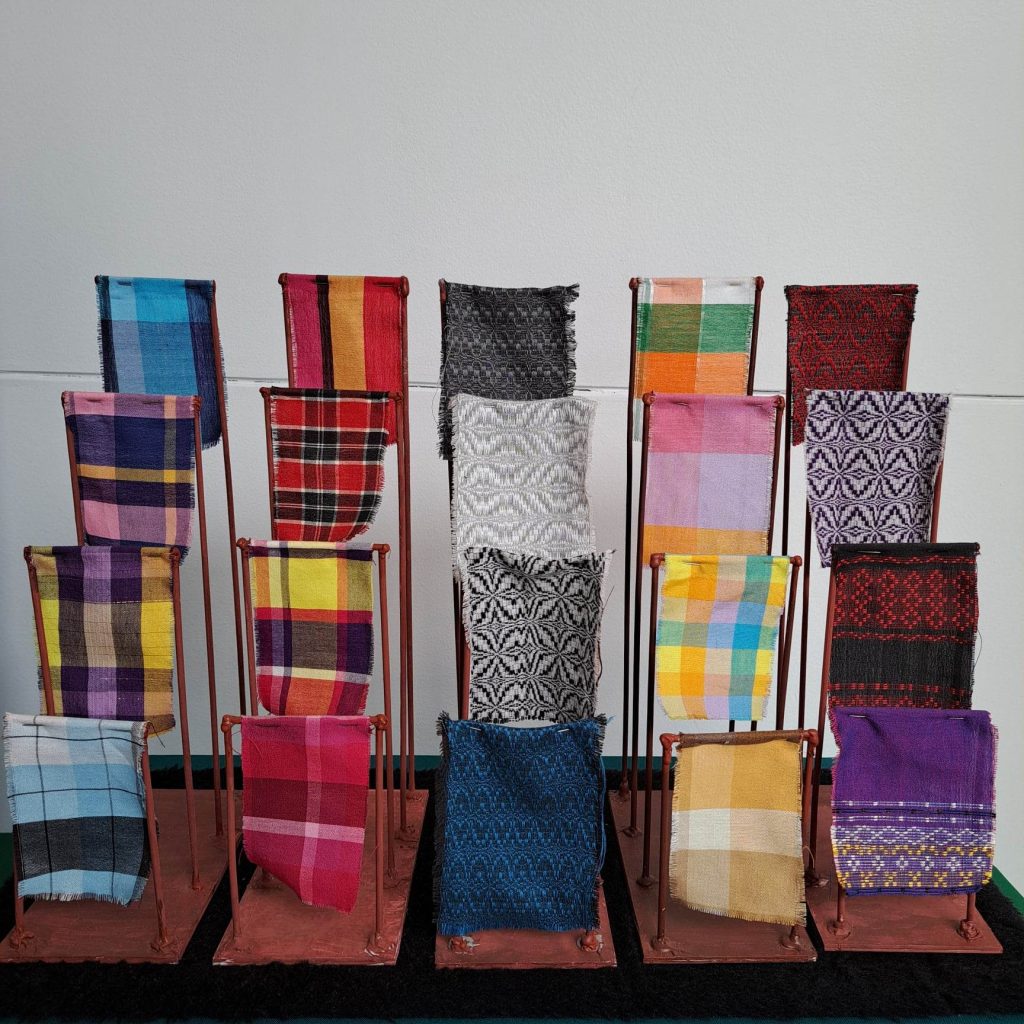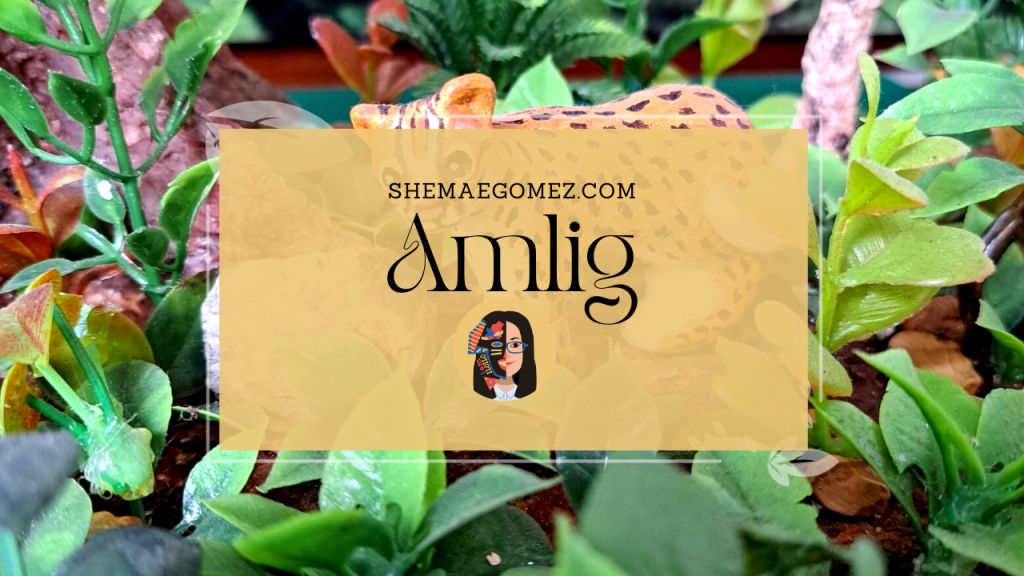Disclaimer: This is not the official press release or communications. The text are taken from the exhibit itself. All credit goes to the National Museum of the Philippines – Western Visayas Regional Museum, International Centre for the Study of the Preservation and for Restoration of Cultural Property (ICCROM), CollAsia Field Projects (Connecting Communities and Collections), and the Cultural Heritage Administration of the Republic of Korea.

Hablon is the handwoven textile of Western Visayas. It came from the Visayan word “haból”, which means to weave. Weavers use the “pick-up”, an inlay weaving technique, to embellish the textiles with different patterns. Other designs include the pinalang, topo-topo. cigarillos, and binuskay.

Tiral/Tidal. Foot loom is used in weaving textiles.
Piña-Seda. Embroidered handwoven fabric, which is made of pineapple and silk fibers or piñia-seda.
Natural Fibers. Weavers used abaca, cotton, pineapple, and silk fibers in weaving textiles in Western Visayas, Silkworm cocoons produce silk fibers used in weaving piña-seda fabric.
Pambansang Museo sa Barangay: Bringing Museum Collections to the Fringes
Parts of the Pambansang Museo sa Barangay:
Amlig: Biodiversity Conservation in West Visayas Faunal Region
Elephant and Stegodont: The Gentle Giants of Panay
Other helpful exhibits:
Rocks of the Visayan Islands
Shells of the Visayan Region
Rafflesias of the Visayan Islands
Protected Areas of the Visayan Region
The Forest Products
The Forest Stratification
The Kanlaon Volcano
The Chocolate Hills
The Pawikan
**Content was only based on the photos I took during my personal visit. I may have missed significant details.
